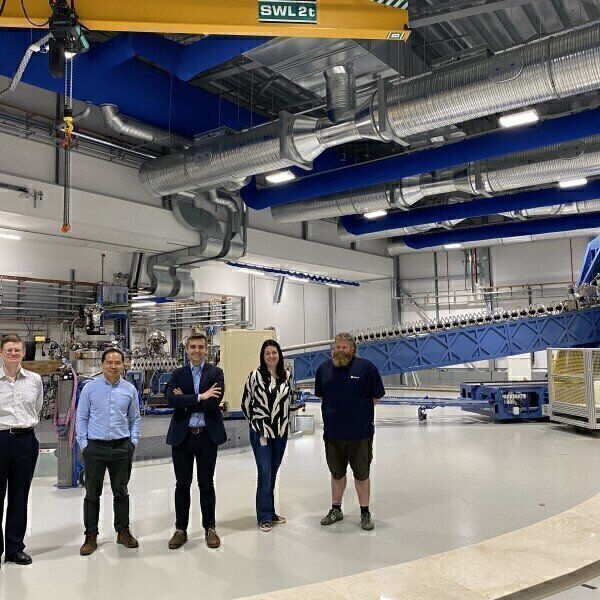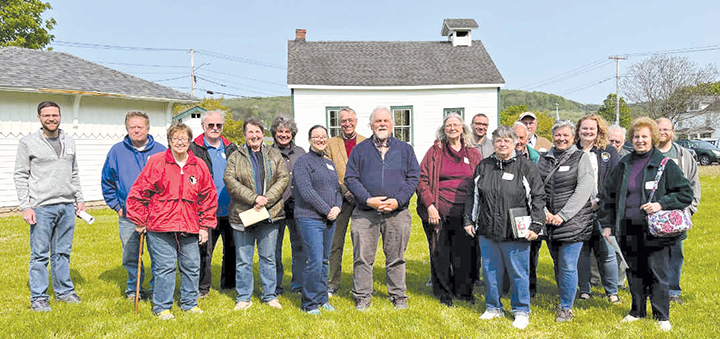Oxford Research Fellow recognised by Forbes Labmate Online

Oxford University Senior Research Fellow, Robert House, who is working on the next generation of rechargeable battery materials at Diamond Light Source, has been selected as one of Forbes Magazine’s prestigious 30 people to watch under 30 in Europe Science and Healthcare. Selected from thousands, shortlisted candidates are then evaluated by Forbes and a panel of independent, expert judges on a variety of factors, including funding, revenue, social impact, scale, inventiveness and potential.
Lead on a project focused on application-inspired research and development (R&D) in the science of battery materials, in 2021 Robert secured £500k in fellowship funding from the Royal Academy of Engineering and £50k from the University of Oxford to launch a research program to develop innovative, sustainable Na-ion battery materials. The research team aims to develop sodium ion batteries as a cheaper and easier to source alternative to resource-constrained elements such as lithium and cobalt.
Colleagues encouraged Robert to put his name forward for consideration and he was quickly shortlisted and invited to provide further information about his research, ambitions, awards, honours, publications and patents. Commenting on his selection and ambitions; “I’m thrilled to be listed among some of Europe’s top young scientists and innovators under 30. To tackle the climate crisis, we must move away from burning petrol and diesel in our vehicles as a matter of urgency. Electric vehicles (EVs) are the next best alternative, but they currently rely on Li-ion battery technology which is expensive and can make up to half of the cost of buying the car. To make more affordable EVs, and to reduce our dependence on critical elements, we have to look beyond Li-ion to other rechargeable batteries. The future of batteries is coming: Na-ion and beyond.”
The I21 RIXS beamline is a dedicated Resonant Inelastic soft X-ray Scattering (RIXS) beamline that provides a highly monochromatised, focused and tunable X-ray beam onto materials, used to probe changes to the electronic structure of oxygen when it takes part in charge storage reactions. “Over the last few years, together with the beamline team at I21, Prof Sir Peter Bruce and his team and Faraday Institution researchers on the CATMAT project, we have used RIXS to develop a detailed understanding of the mechanism by which oxygen is able to store energy reversibly in the cathode. We have been able to identify two unique mechanisms which if used in the right way could deliver improvements in the energy density of cathode materials,” explained Robert.
He added that while sodium-ion batteries are an attractive option as they can be made cheaply and entirely from earth-abundant elements, they still lag behind Li-on performance. A major limitation for sodium is the cathode material as most do not store as much energy as their lithium counterparts. Robert’s group are discovering brand new cathode materials for Na-ion cells made from earth-abundant precursors such as salt and rust. By incorporating these minerals together using novel synthesis approaches, they are targeting new compounds which should exhibit comparable performance to state-of-the-art Li-ion cathodes such as the lithium iron phosphate (LiFePO4) battery.
Regular battery cathodes work by using the transition metal ions in the structure to store and release electrons as the Li or Na ions are shuttled in and out. The new Na-ion materials the group is investigating are able to store additional electrons using the oxygen ions in the material – this could help to overcome the energy density limitations sodium cathodes face.
More information online













